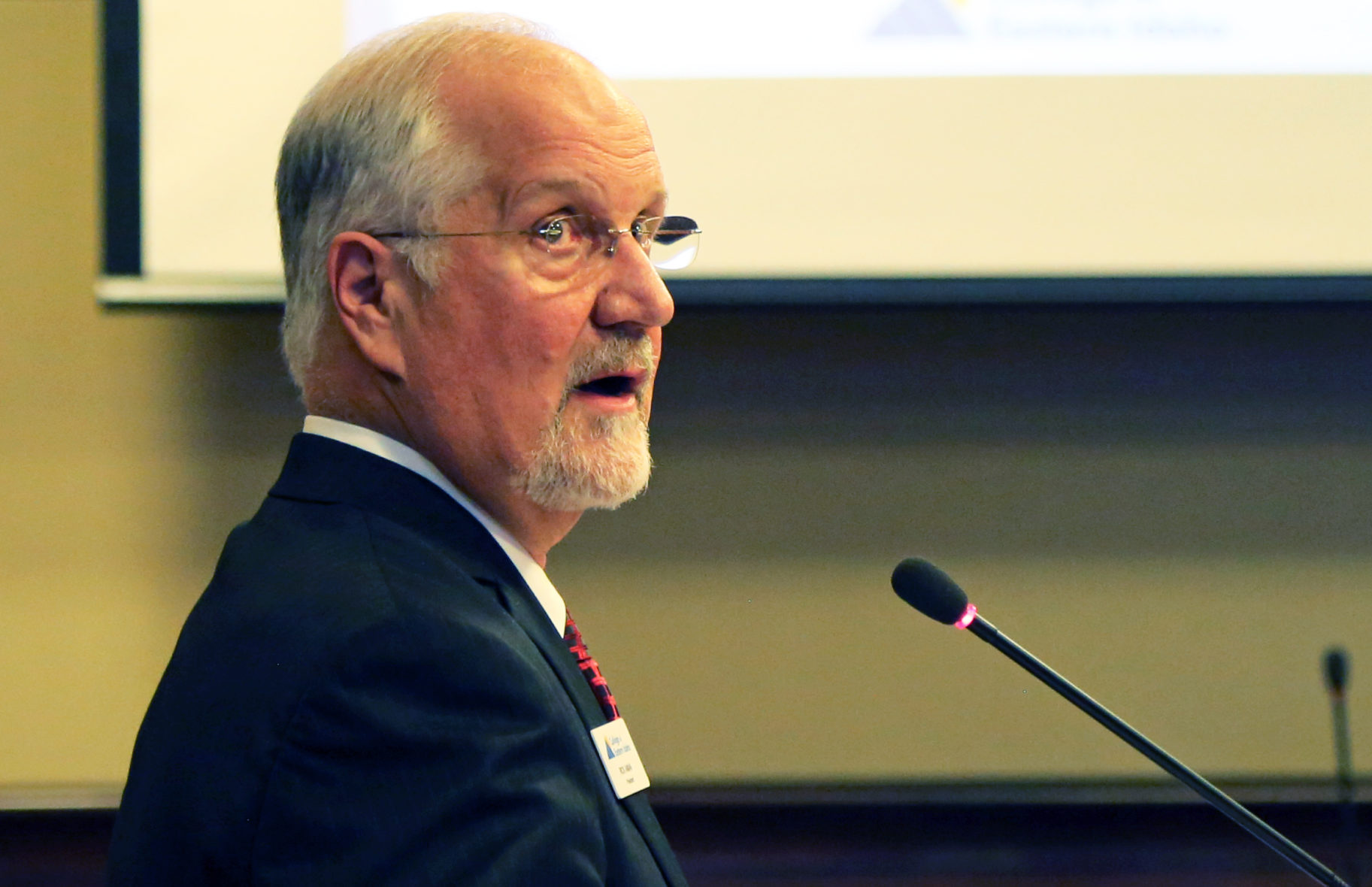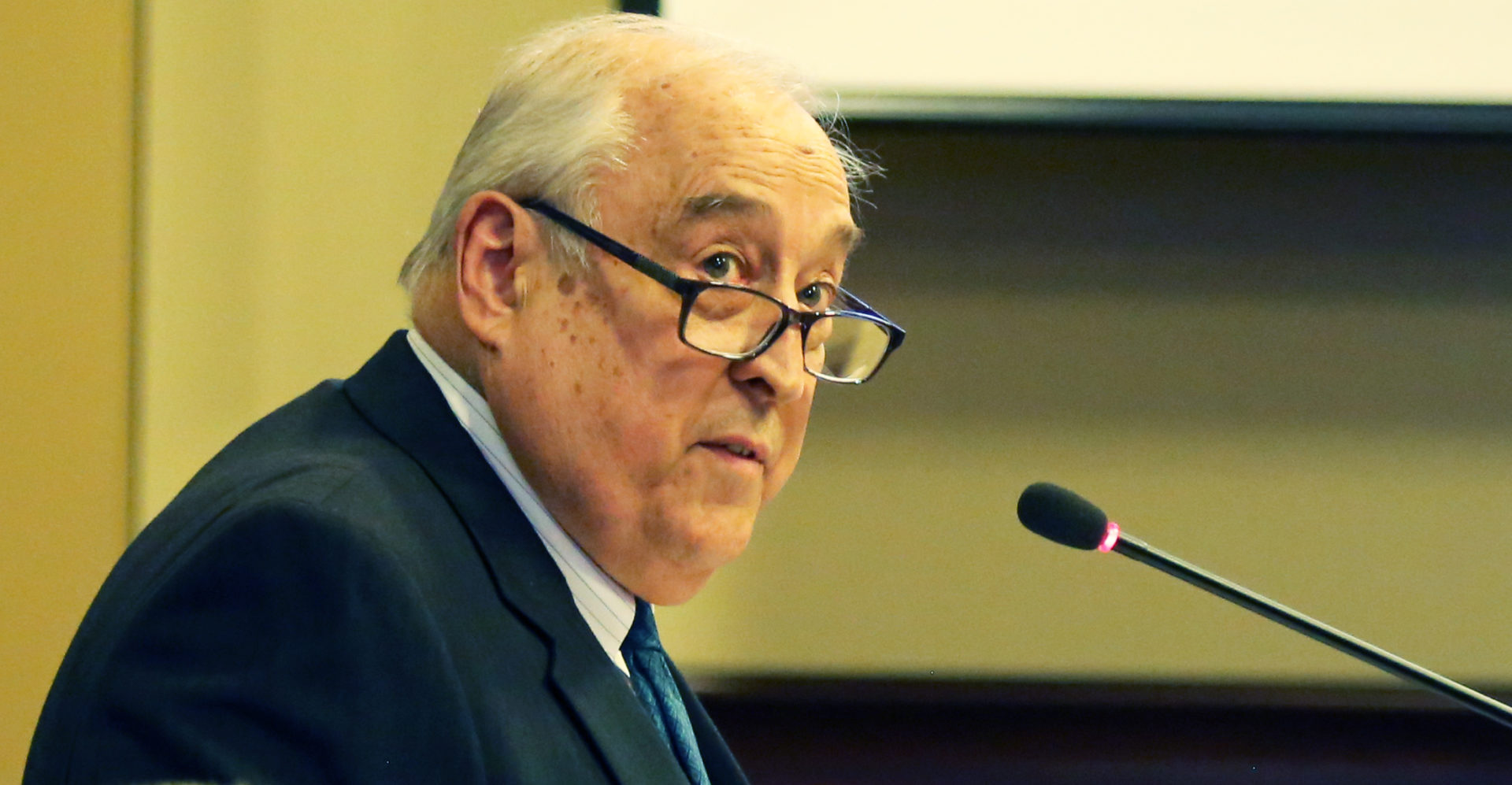Monday was community college day at the Statehouse.
Idaho’s four community college presidents took turns making their budget pitches to the Legislature’s Joint Finance-Appropriations Committee Monday morning — then discussed the changing face of higher education at a Senate Education Committee hearing Monday afternoon.
Here’s the rundown:
College of Eastern Idaho: On Monday morning, CEI President Rick Aman had a chance to present a budget proposal made from scratch — a 2018-19 spending plan for a brand-new college that opened on Aug. 22.

The Idaho Falls-based community college is seeking $3.9 million in state general fund dollars, enough to find 72 full-time positions that are “absolutely essential” to the fledgling college’s mission, Aman told JFAC.
Bonneville County voters approved the CEI proposal in May, voting to convert the Eastern Idaho Technical College into the state’s fourth two-year college. With that vote, CEI had the chance to use $5 million in state startup dollars.
But now, it’s up to Gov. Butch Otter and legislators to draw up CEI’s first budget. Otter endorses the $3.9 million request.
If Monday’s budget hearing is any indication, the good feelings from the CEI launch are still lingering. Rep. Wendy Horman, R-Idaho Falls, an early supporter of the CEI proposal, hailed Aman as a “miracle worker” who converted a technical school into a community college within a matter of months. Aman said Idaho’s two new community colleges, CEI and Nampa’s College of Western Idaho, are a part of Otter’s legacy.
“He certainly has the vision of the importance of these two-year colleges,” Aman said.
CEI’s spring student headcount is 1,050.
The dual credit boom: This spring, the rapidly growing CWI will clear another surprising milestone, with a headcount surging past the 30,000 mark.
Dual credit is no small part of the trend; historically, dual credit students account for nearly a third of CWI’s headcount. And the dual credit boom is hardly unique to CWI. At Twin Falls’ College of Southern Idaho, academic enrollment has dropped by nearly 3,000 students since the recession. Overall student headcount has stayed stable, because dual credit enrollment has increased by some 3,000 students.
The dual credit boom grows from the state’s rapidly growing advanced opportunities program, which gives high school students a $4,125 line of credit to take college-level classes. The state has had to dip into savings to cover the unexpected growth in the program, and Otter hopes to add $8 million to the advanced opportunities budget in 2018-19.
Many students take their dual credit classes through community colleges. And that is reshaping community colleges in many ways, presidents told the Senate Education Committee Monday afternoon.
An influx of high school students makes for a younger student body, said Rick MacLennan, president of North Idaho College in Coeur d’Alene.
The dual credit students tend to be high achievers who outperform traditional students, said CSI President Jeff Fox. But Fox also thinks the dual credit program is reaching high school students who might not have otherwise thought about college.

But the dual credit boom carries a financial burden, said CWI President Bert Glandon. Colleges still have to provide a rigorous, quality college level course, but dual credit students pay only $65 a credit hour, compared to $139 per credit hour for other CWI students.
What’s next: JFAC will consider the community college budget request. Otter has called for $46.2 million in 2018-19, up from $40 million in 2017-18. A $5.2 million request for CEI accounts for almost the entire increase, and he has proposed budget decreases for CSI and NIC. (For details, here’s a story from Betsy Russell of the Spokane Spokesman-Review.)
State funding accounts for only part of the community colleges’ budgets; the schools also receive student fees and local property tax dollars.
